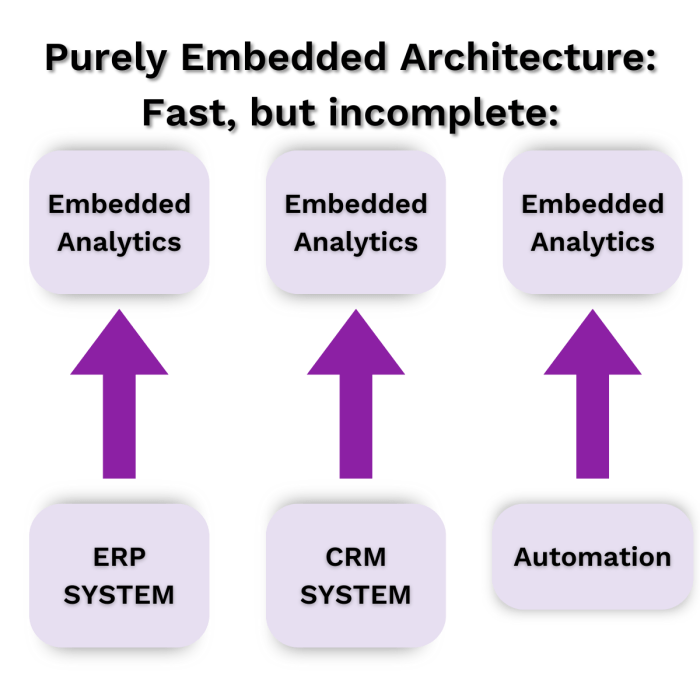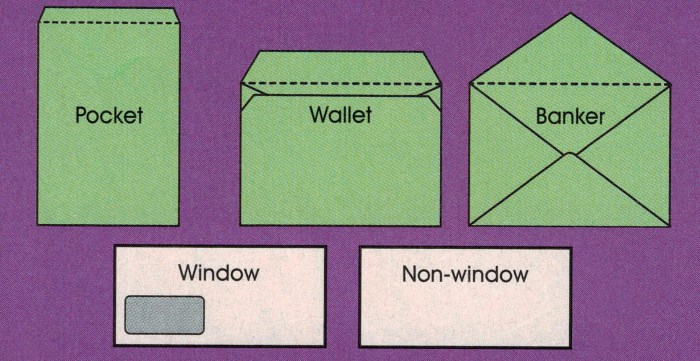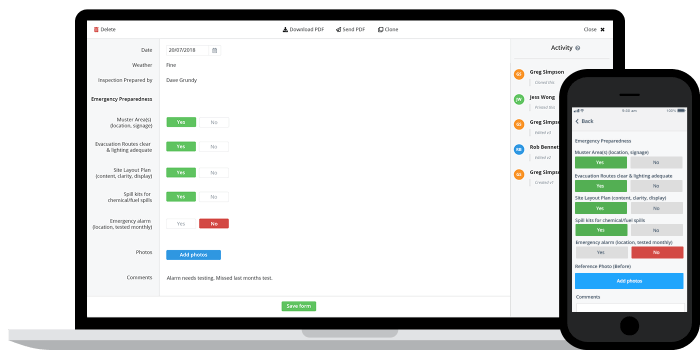Envelope Analytics Tools vs Traditional Methods: A Comparative Analysis
Diving into the realm of Envelope Analytics Tools vs Traditional Methods, this discussion sheds light on the contrasting approaches to data analysis. From defining the tools to exploring their significance, let's uncover the intricacies of envelope analysis in a modern age.
As we delve deeper, we will unravel the key features, benefits, and limitations of envelope analytics tools compared to traditional methods, providing a comprehensive understanding of their impact.
Introduction to Envelope Analytics Tools vs Traditional Methods
Envelopes play a crucial role in various industries, including finance, marketing, and communication. The analysis of envelopes, whether physical or digital, is essential for businesses to understand patterns, trends, and insights. In this context, the comparison between Envelope Analytics Tools and Traditional Methods becomes significant.Envelope Analytics Tools refer to software or applications specifically designed to analyze data within envelopes.
These tools utilize algorithms, machine learning, and artificial intelligence to extract valuable information from envelopes efficiently. On the other hand, Traditional Methods involve manual or outdated techniques for envelope analysis, such as manual sorting, visual inspection, or basic data entry.The significance of using analytics tools for analyzing envelopes lies in the speed, accuracy, and scalability they offer.
Envelope Analytics Tools can process large volumes of data within envelopes in a fraction of the time compared to traditional methods. Moreover, these tools can identify patterns, anomalies, and trends that may go unnoticed through manual analysis, providing businesses with actionable insights to make informed decisions.However, using traditional methods for envelope analysis poses several challenges.
These methods are time-consuming, error-prone, and limited in scalability. Manual sorting and visual inspection may lead to inaccuracies and inconsistencies in data analysis, impacting the overall decision-making process. Additionally, traditional methods lack the capability to handle the complexity and volume of data present in envelopes today, hindering businesses from leveraging data-driven strategies effectively.
The Importance of Envelope Analytics Tools
Envelopes contain valuable information that can provide businesses with a competitive edge. Envelope Analytics Tools offer a comprehensive solution to extract, analyze, and visualize data within envelopes, enabling organizations to uncover hidden insights and optimize their operations.
- Advanced Data Processing: Envelope Analytics Tools use advanced algorithms to process large datasets within envelopes quickly and accurately, enhancing data quality and reducing processing time.
- Pattern Recognition: These tools can identify patterns and trends within envelopes, helping businesses understand customer behavior, market dynamics, and performance metrics.
- Predictive Analytics: By leveraging machine learning capabilities, Envelope Analytics Tools can predict future outcomes based on historical data, enabling businesses to make proactive decisions.
- Cost Efficiency: Using analytics tools for envelope analysis reduces manual effort and minimizes errors, leading to cost savings and improved operational efficiency.
Features of Envelope Analytics Tools

Envelope analytics tools are equipped with a range of features that enhance data extraction, analysis, and reporting processes. These tools are designed to streamline workflows and provide valuable insights to users in various industries.Envelope analytics tools automate the process of extracting data from digital documents such as emails, attachments, and other communication channels.
These tools utilize advanced algorithms to scan and analyze the content within these documents, extracting relevant information for further processing.
Data Extraction and Analysis Automation
- Automatic data extraction from emails and attachments
- Text analysis to identify key information and trends
- Integration with existing systems for seamless data transfer
- Real-time monitoring and alerts for critical data points
Popular envelope analytics tools in the market include:
1. Mailparser
2. Parseur
3. Mailgun
4. Textract
These tools offer a user-friendly interface, customizable settings, and robust data processing capabilities to meet the diverse needs of businesses and organizations. By leveraging envelope analytics tools, users can save time, improve accuracy, and make informed decisions based on actionable insights extracted from their communication channels.
Benefits of Envelope Analytics Tools
Using envelope analytics tools provides numerous advantages over traditional methods, revolutionizing envelope analysis in terms of efficiency and accuracy. These tools leverage advanced technology to streamline processes and enhance overall performance, making them indispensable in the field of building envelope evaluation.
Improved Efficiency and Accuracy
Envelop analytics tools offer a more efficient and accurate way of conducting envelope analysis compared to traditional methods. By automating complex calculations and simulations, these tools can rapidly process large amounts of data, leading to quicker and more precise results.
This not only saves time but also reduces the margin of error, ensuring reliable outcomes in envelope performance assessments.
- Envelope analytics tools enable detailed modeling and simulation of various envelope components, such as walls, roofs, and windows, allowing for comprehensive analysis of thermal performance, air infiltration, and moisture control.
- These tools facilitate the identification of potential issues or weaknesses in the building envelope, helping designers and engineers optimize energy efficiency and sustainability measures.
- By integrating real-time data and predictive modeling capabilities, envelope analytics tools empower stakeholders to make informed decisions regarding envelope design, retrofitting, and maintenance strategies.
Limitations of Envelope Analytics Tools
When utilizing envelope analytics tools for building analysis, there are certain limitations that need to be considered. While these tools offer numerous benefits, it is essential to be aware of their constraints in order to make informed decisions.
Data Accuracy and Completeness
Envelop analytics tools heavily rely on the quality and quantity of data inputted into the system. Inaccurate or incomplete data can lead to misleading results and analysis. It is crucial to ensure that the data being used is up-to-date, relevant, and accurate to avoid erroneous conclusions.
Lack of Human Interpretation
One of the drawbacks of solely relying on envelope analytics tools is the absence of human interpretation. While these tools can provide valuable insights and data analysis, they may lack the ability to interpret complex scenarios or consider nuanced factors that a human expert could.
This can result in oversights or misinterpretations that may impact the overall analysis.
Limitations in Customization
Envelope analytics tools are often designed with predefined algorithms and models, limiting the extent of customization based on specific requirements or unique scenarios. This can restrict the flexibility of the analysis and may not cater to the individual needs of every project or building.
It is important to recognize these limitations and be prepared to supplement with manual analysis if necessary.
Dependency on Software Updates
Another limitation of envelope analytics tools is their reliance on software updates and maintenance. Failure to keep the software up-to-date can lead to compatibility issues, security vulnerabilities, or outdated algorithms that may affect the accuracy and reliability of the analysis.
Regular monitoring and updating of the software are essential to ensure optimal performance.
Overlooking Real-time Changes
Envelope analytics tools may not always account for real-time changes or dynamic factors that can impact building performance. Factors such as weather fluctuations, occupancy patterns, or equipment malfunctions may not be captured in the analysis, leading to potential discrepancies between predicted and actual outcomes.
It is important to supplement analytics tools with real-time monitoring and manual adjustments to account for these dynamic changes.
Last Word
In conclusion, the comparison between Envelope Analytics Tools and Traditional Methods highlights the evolution of data analysis in analyzing envelopes. From improved efficiency to real-world applications, these tools offer a glimpse into the future of envelope analysis.
FAQ Section
What are Envelope Analytics Tools?
Envelope Analytics Tools are software applications designed to automate data extraction and analysis specifically for envelope data.
How do envelope analytics tools improve efficiency?
These tools streamline the process of analyzing envelopes, reducing manual effort and increasing accuracy in data interpretation.
Can traditional methods match the accuracy of envelope analytics tools?
Traditional methods often fall short in terms of efficiency and accuracy compared to the automated capabilities of envelope analytics tools.



